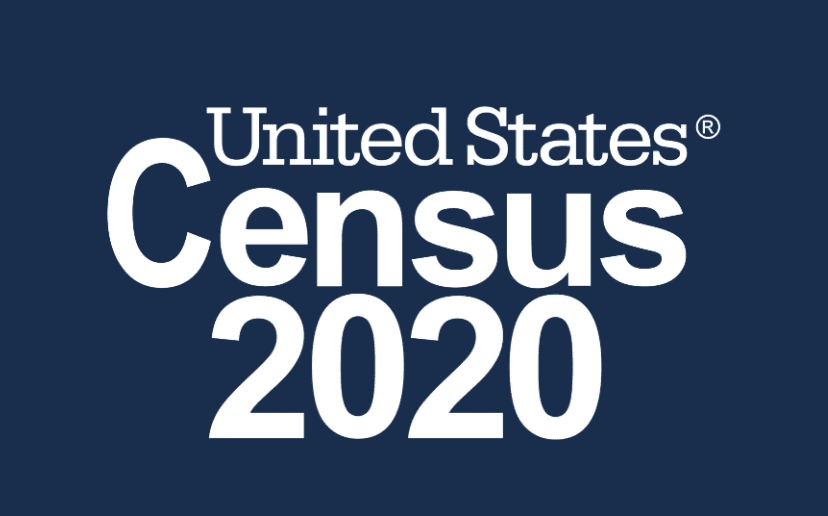
Census Bureau demographic data will be used in state, congressional redistricting in 2022.
The information provided in a 10 year census can ultimately impact the redrawing of congressional, legislative and local districts in a state. The most recent information released by the census will directly impact redistricting efforts, however more information from the Census is said to be forthcoming.
The statistics released in the August 12 summary file put a light on demographics in populations in small areas, such as racial information regarding Hispanic origin, age, housing occupancy and group quarters. This data represents where people were living as of April 1, 2020.
“We are excited to reach this milestone of delivering the first detailed statistics from the 2020 Census,” said acting Census Bureau Director Ron Jarmin. “We appreciate the public’s patience as Census Bureau staff worked diligently to process these data and ensure it meets our quality standards.”
The report revealed population size and distribution changes across the U.S. Metro populations, showing that those areas grew by 9% which resulted in 86% of the country’s populous living in cities compared to the 85% in the last Census.
According to the data, the largest county in the U.S. remained Los Angeles County with over 10 million people. The largest city is still New York with 8.8 million.
The majority of metro cities received population boosts from 2010 to 2020 at 312 out of 384. The fastest growing metro area was shown as The Villages in Florida which grew 39% from 93,000 in 2010 to 130,000 in 2020.
Adversely, 72 metro areas lost population, the greatest of which were Pine Bluff, Arkansas and Danville, Illinois at -12.5 percent and -9.1 percent.
“Many counties within metro areas saw growth, especially those in the south and west. However, as we’ve been seeing in our annual population estimates, our nation is growing slower than it used to,” said Marc Perry, a senior demographer at the Census Bureau. “This decline is evident at the local level where around 52% of the counties in the United States saw their 2020 Census populations decrease from their 2010 Census populations.”
The data also looked at race and ethnicity population shifts. The white population remained the largest ethnicity in the country with 204.3 million people, growing by 8.6%. Over 235.4 million reported to be white in combination with another ethnic group. There were reported reasonable distributions among this population.
Those who identify as two or more races also changed considerably since 2010. This population was measured at 9 million and is now at 33.7 million, a 276% increase. The “Some Other Race” group increased to 49.9 million, surpassing that of African American populations which increased to 46.9 million.
The next largest group was Asian ethnicities at 24 million. America Indian and Alaska Native alone or in combination grossed 9.7 million and the Native Hawaiian and Other Pacific Islander alone or in combination group at 1.6 million.
The report did caution reading into the data as many improvements have been made to the way individuals are coded since 2010.
When it comes to the difference in the adult and under-18 populations, D.C. had the largest adult percent of the population at 83.4%, whereas Utah had the largest under 18 population at 29%. Utah also had the fastest growing adult population at 22.8%.
The report went on to reveal that for those living in group quarters there was an increase of 3.2% of the population, which is just over 8 million. Group quarters include colleges, residential treatment centers, nursing facilities, group homes, military barracks, prisons and workers’ dormitories.
“We are confident in the quality of today’s results,” said acting Census Bureau Director Ron Jarmin.
In keeping with their commitment to transparency, the Census Bureau will release additional operational quality metrics on August 18 and August 25, providing more detail on the conduct of specific operations.
Here in Mississippi, legislative redistricting hearings are happening across the state. Lawmakers will be using this data in the 2022 session to redraw state and congressional district boundaries.











